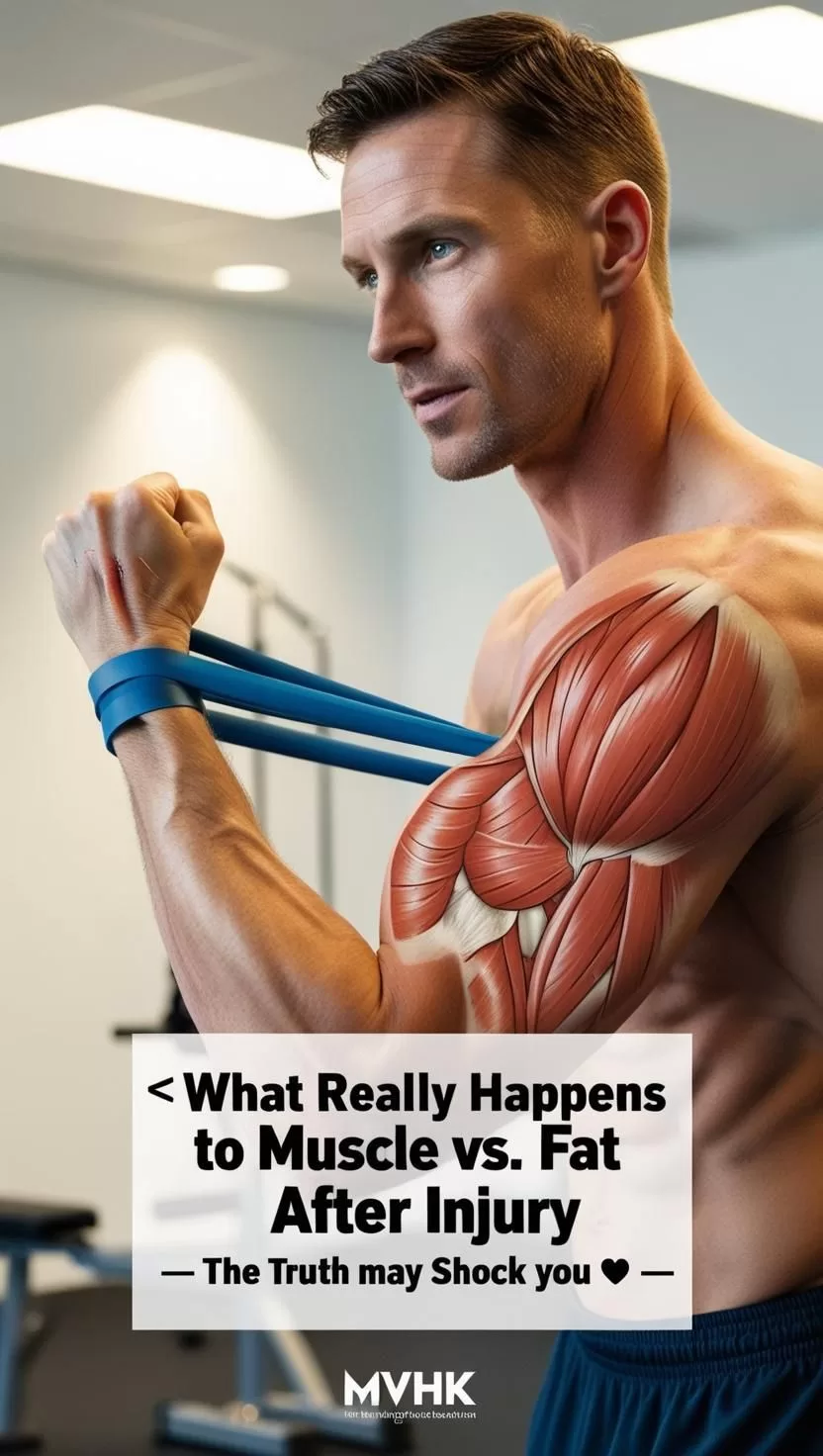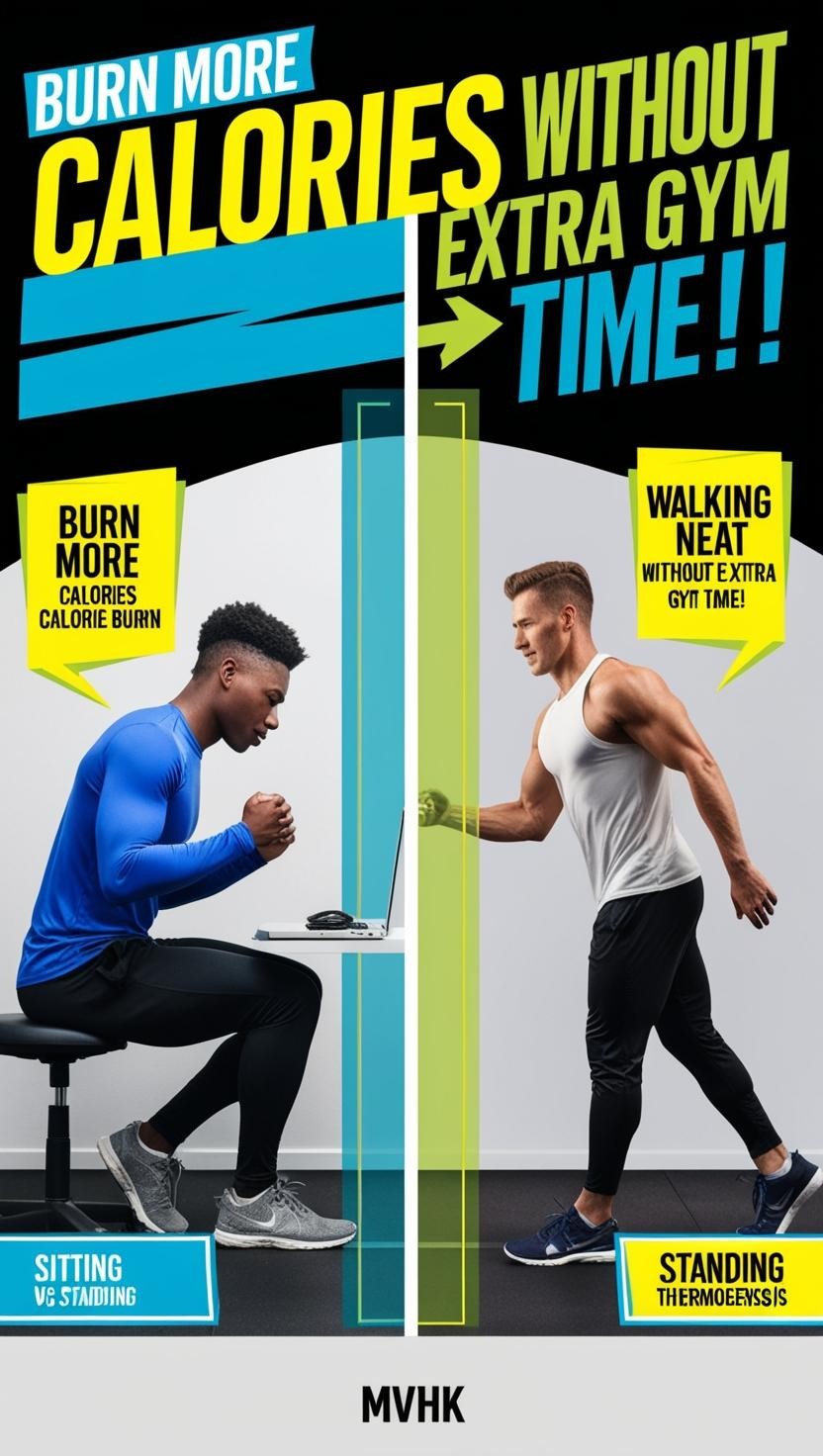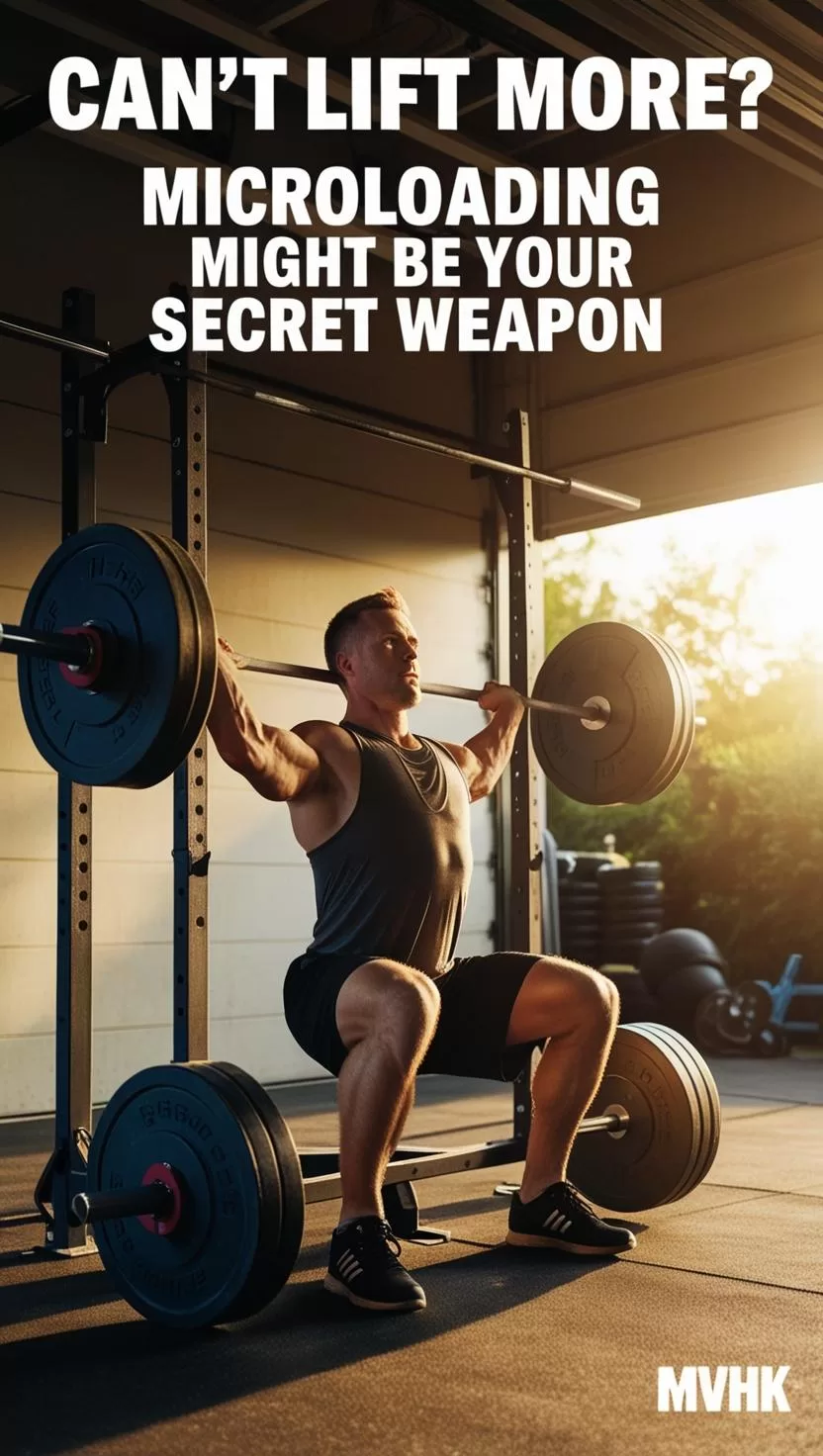What Really Happens to Muscle vs Fat After Injury (Backed by Science)
When it comes to muscle vs fat after injury, most people believe a common myth: that fat magically turns into muscle during recovery. That’s not how the human body works. In reality, muscle tissue and fat cells are biologically different and follow separate recovery paths. This article unpacks the truth about what happens to your body after injury, how to regain muscle mass, and how to optimize your workouts for post-injury results.
Whether you’re recovering from surgery, an athletic injury, or a long workout hiatus, understanding the real science behind fat loss and muscle regeneration is crucial.
1️⃣ Muscle vs. Fat: The Biological Truth After Injury
Muscle Tissue Regeneration: The Facts
Muscle is made of contractile fibers that require stimulation to grow. After an injury, these fibers atrophy (shrink) due to disuse and inflammation. However, with the right rehab protocol, your muscle can regenerate via satellite cells, which are responsible for muscle repair and hypertrophy.
🔬 Scientific Insight: A study published in PubMed Central notes that muscle regeneration post-injury involves activation of satellite cells, increased protein synthesis, and neuromuscular retraining. [source] (opens in a new window)
What Happens to Fat?
Fat doesn’t “turn into” muscle. Instead, adipocytes (fat cells) expand or shrink depending on calorie intake and energy expenditure. After injury, physical inactivity and reduced metabolism often lead to increased fat storage, particularly visceral fat, which is dangerous for long-term health.
2️⃣ Why “Turning Fat into Muscle” Is a Myth
The idea that fat turns into muscle is a physiological impossibility. Here’s why:
| Myth | Reality |
|---|---|
| Fat becomes muscle during workouts | Fat is metabolized as energy; muscle is built separately |
| Inactivity converts muscle into fat | Muscle atrophies; fat accumulates from energy imbalance |
| One can “spot convert” fat to muscle | Targeted fat-to-muscle conversion is not biologically possible |
Key Differences Between Fat and Muscle:
- Composition: Fat is lipid-based; muscle is protein-based.
- Function: Fat stores energy; muscle burns energy and performs movement.
- Response to Injury: Muscle repairs through regeneration; fat only shrinks or expands.
3️⃣ Post-Injury Recovery: How to Regain Muscle and Reduce Fat
Step 1: Rewire Your Workouts for Recovery
Once cleared by your physician or physical therapist, start with progressive overload in a controlled range of motion. Key training modalities include:
- Eccentric training: Improves muscle repair and prevents re-injury.
- Resistance band work: Gentle yet effective for muscle activation.
- Isometric holds: Great for rebuilding strength in compromised joints.
👉 Related Read: How to Restore Muscle After 40
Step 2: Focus on Fat Loss with Diet & Cardio
After an injury, your caloric maintenance level decreases, so you must adjust accordingly. Combine low-impact cardio (e.g., cycling, swimming) with a high-protein, anti-inflammatory diet to promote fat loss without muscle degradation.
✅ Include foods like salmon, berries, leafy greens, and turmeric.
🔗 Check out our guide on Anti-Inflammatory Diets for Recovery
4️⃣ Supplements That Can Help Muscle Regeneration
While no supplement can replace training, some may enhance recovery:
| Supplement | Benefit | Scientific Backing |
|---|---|---|
| Creatine | Boosts muscle strength and recovery | PubMed |
| Collagen Peptides | Supports tendon and ligament repair | NIH |
| Omega-3 Fatty Acids | Reduces inflammation post-injury | Harvard Health |
👉 Check out our article on the Top 5 Supplements for Longevity
Conclusion: How to Get Started Today
Muscle and fat play very different roles during recovery—and they must be addressed independently but strategically. Begin by adjusting your training, nutrition, and mindset. Stop chasing myths and start following science-backed strategies for post-injury success.
Action Plan:
- ✅ Follow a structured strength training plan
- ✅ Eat to fuel recovery, not fat storage
- ✅ Supplement wisely
- ✅ Be consistent—but patient
Frequently Asked Questions about Post-Injury Muscle and Fat
Which workouts are best after an injury to regain muscle?
Start with low-resistance isometrics, resistance bands, and later move to compound lifts under professional supervision.
Does fat turn into muscle if I exercise after an injury?
No. Fat and muscle are separate tissues. You burn fat via diet/cardio and rebuild muscle through resistance training.
How can I speed up recovery while reducing fat?
Optimize your diet with anti-inflammatory foods, stay consistent with rehab-focused workouts, and include supplements like creatine or collagen peptides.





